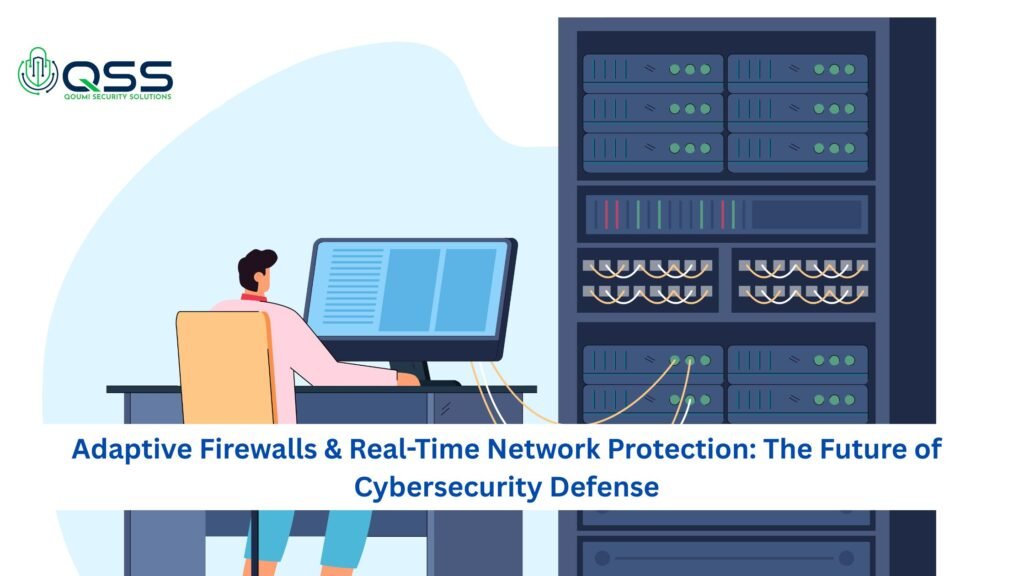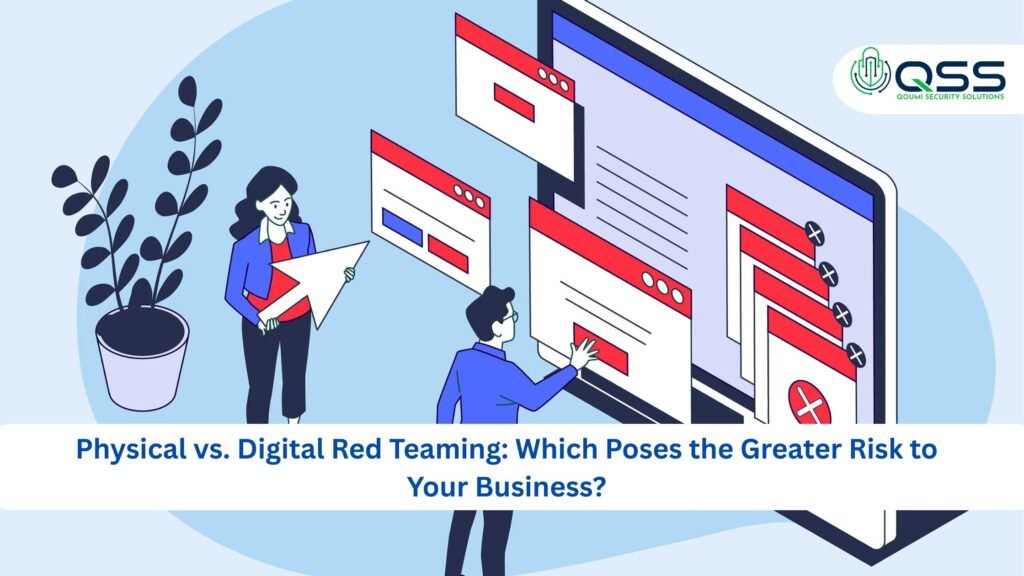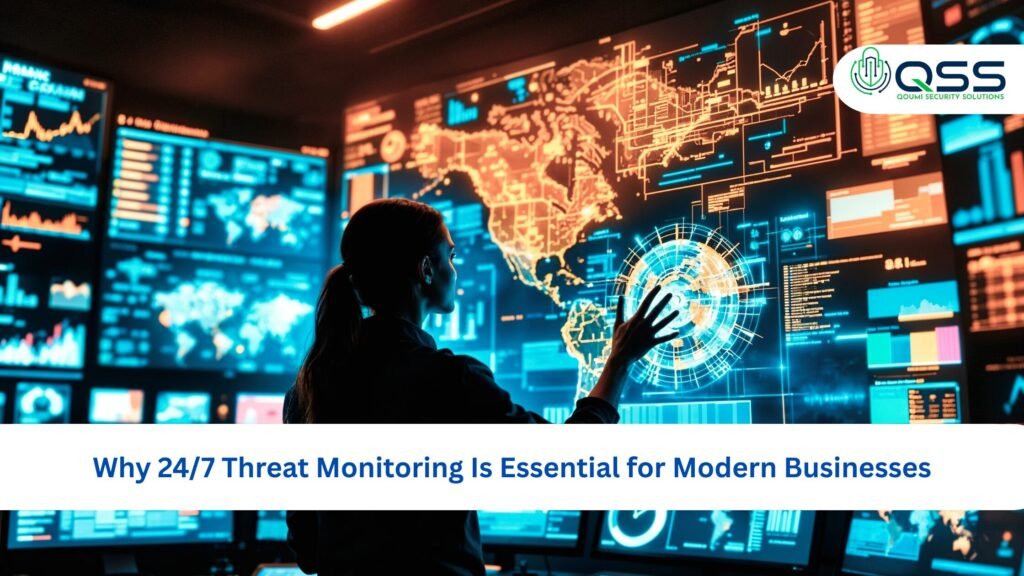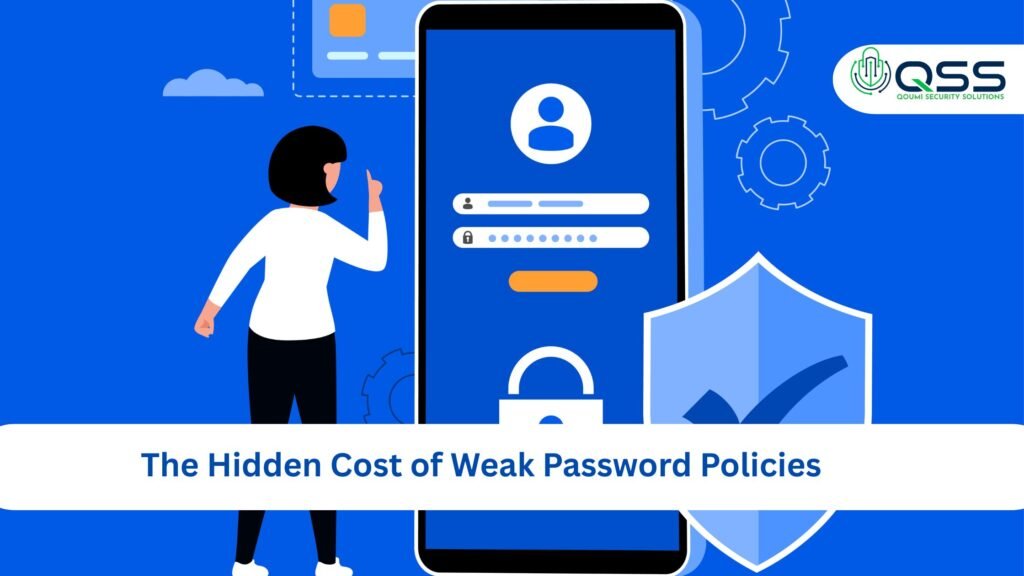Single Blog
Zero Trust in the Cloud: What It Means and How to Implement It
Zero Trust in the Cloud: What It Means and How to Implement It
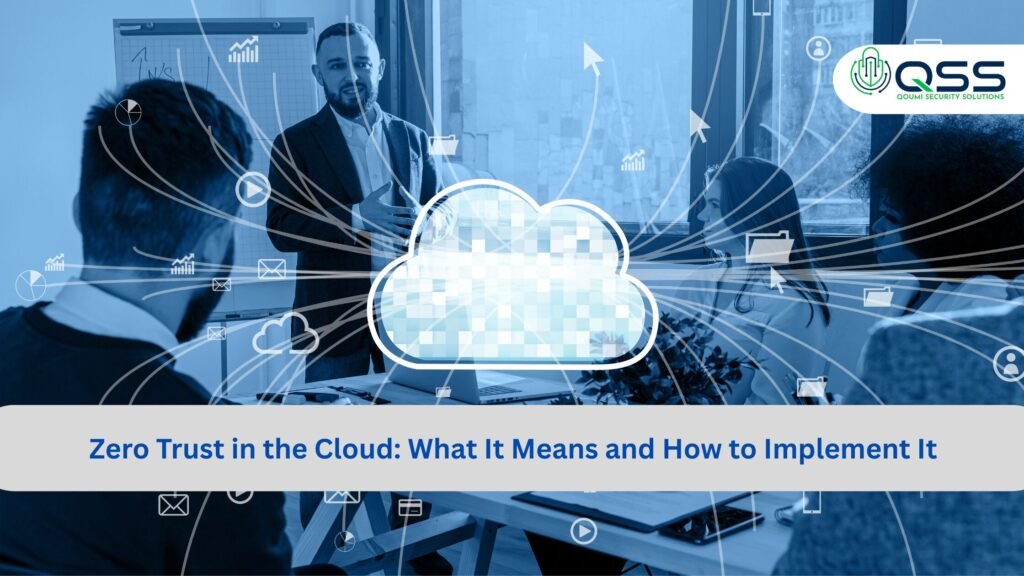
The cloud promises flexibility, scale, and innovation for businesses of all sizes—but it’s no secret that it also presents unique security challenges. As organizations migrate critical operations and sensitive data to multi-cloud environments, the traditional perimeter-based approach to cybersecurity simply doesn’t cut it anymore. Attackers exploit remote work, cloud misconfigurations, and insecure connections, bypassing “castle-and-moat” defenses with alarming ease.
This modern reality is why Zero Trust has become the gold standard for cloud security. But what exactly does “Zero Trust in the cloud” mean—and how can companies put it into practice?
What is Zero Trust?
At its core, Zero Trust is a security philosophy that rejects the old idea of implicit trust within a network or application. Instead of assuming that users, devices, or apps are trustworthy just because they’re “inside the perimeter,” Zero Trust insists that every access request—no matter from inside or outside—is suspicious until proven otherwise.
The guiding mantra is “never trust, always verify.” Every digital interaction is authenticated, authorized, and validated continuously. So even after initial login, ongoing checks monitor risk and revoke access if something seems off.
In the cloud context, this means every user, device, application, and API connecting from anywhere (office, home, coffee shop) gets scrutinized with the same rigor—not just once, but every time.
Why Zero Trust and Why Now?
Cloud environments are dynamic and distributed. Data, workloads, and services move across public, private, and hybrid clouds, often managed by third-party providers. Add remote and hybrid workforces, and it’s virtually impossible to draw clear “inside” and “outside” boundaries.
Without Zero Trust, attackers who gain access to one cloud service—via phishing, stolen credentials, or a misconfigured bucket—can roam freely among others, harvesting data and disrupting operations.
A Zero Trust strategy provides:
- Enhanced Data Protection: Every access attempt is challenged, reducing exposure of sensitive assets.
- Reduced Attack Surfaces: By default, resources are inaccessible until verified, minimizing the pathways available to attackers.
- Resilience Against Insider Threats: Continuous monitoring spots suspicious behavior from compromised legitimate accounts.
- Compliance Advantages: Zero Trust aligns with major regulatory frameworks (GDPR, HIPAA, PCI-DSS, etc.), helping simplify audits and reduce penalties.
Core Principles of Zero Trust for Cloud Security
Successful Zero Trust models in the cloud are built on a few foundational ideas:
- Least Privilege Access:
Give users, devices, and services only the minimum permissions required—and nothing more. Constantly reassess and revoke access when it’s no longer needed. - Continuous Authentication and Verification:
Regularly authenticate users and devices, using multi-factor authentication (MFA), behavioral biometrics, and device health checks. - Micro-Segmentation:
Divide cloud workloads and networks into small, secure zones. Prevent attackers from moving laterally by placing tight access controls and separate permissions for each segment. - Assume Breach:
Monitor and log all access, and be ready to respond rapidly to anomalies. Design systems so an intruder’s movement is detected—and damage is limited—at every turn. - Dynamic Policy Enforcement:
Contextual rules are applied in real time: a user’s location, device, behavior, and risk level continuously inform access decisions.
Practical Steps to Implement Zero Trust in the Cloud
- Map and Classify Your Assets:
Start by identifying what data, apps, workloads, and APIs are in the cloud. Classify assets by sensitivity and criticality—know which are “crown jewels.” - Strengthen Identity and Access Management (IAM):
Enforce strong MFA for every user. Use single sign-on (SSO) when possible but verify each session and device, not just users. Privileged accounts should be under constant scrutiny. - Employ Micro-Segmentation and Least Privilege:
Break up your cloud network into granular “chunks” (e.g., environments per department, application, or workload). Grant fine-grained roles and permissions, refusing blanket admin access. - Deploy Continuous Monitoring and Threat Detection:
Use automated tools to monitor cloud APIs, traffic patterns, and logs for suspicious activity. Integrate AI and machine learning to detect anomalies or unauthorized behaviors in real-time. - Automate Policy Enforcement:
Leverage policy-as-code tools (like Terraform or AWS IAM policies) to define and enforce access rules automatically. Update them as users and environments change. - Encrypt Everything:
Data at rest and in transit must be encrypted using cloud-native tools and dedicated key management services. Confidential computing and secure enclaves add extra layers of protection. - Test and Adapt:
Regularly run penetration tests, red team exercises, and audit access logs. Use findings to refine your Zero Trust architecture and stay ahead of evolving threats.
Challenges and Solutions in Cloud-Based Zero Trust
Zero Trust in the cloud brings powerful security, but companies may hit roadblocks:
- Operational Overhead: Managing and updating access policies can strain IT and security staff, especially in multi-cloud environments.
- Dynamic Workloads: The cloud is always changing—serverless functions, containers, and APIs pop up and disappear rapidly.
- Vendor Dependencies: Relying on third-party cloud services means you’re only as secure as your provider—and their partners.
- User Experience: If security controls get in the way of productivity, users might look for dangerous workarounds.
To overcome these:
- Invest in intelligent automation and AI-driven security operations centers (SOC) to streamline detection and response.
- Use decentralized identity and adaptive trust models to ease authentication burdens while enhancing security.
- Collaborate actively with cloud vendors, routine supply chain assessments, and robust service level agreements (SLAs).
- Continuously educate end-users about the value of Zero Trust, making security part of your organization’s culture.
Business Benefits of Zero Trust in the Cloud
- Stronger Protection Against Breaches: Even if attackers break through one barrier, zero trust ensures they hit another wall before reaching vital data.
- Reduced Compliance Complexity: Continuous authentication and logging simplify audit trails.
- Increased Agility: Segmentation and automation help businesses scale cloud operations securely, supporting growth and innovation.
- Faster Incident Response: Anomalies are flagged quickly, and dynamic policies stop threats before they spread.
How QuomiSecurity Elevates Your Zero Trust Journey
Zero Trust isn’t a single product or magic bullet—it’s a strategic transformation. Implementing it across multi-cloud environments demands expertise, continuous adaptation, and advanced technology. This is where QuomiSecurity stands out.
QuomiSecurity works with organizations to assess, design, and deploy Zero Trust architectures tailored to their cloud ecosystems. Their team specializes in:
- End-to-end asset mapping and risk classification
- Building robust IAM, MFA, and micro-segmentation strategies
- Automating dynamic, real-time policy enforcement
- Integrating AI-powered threat detection and response
- Partnering with cloud vendors to close supply chain gaps
- Continuous training and awareness programs for staff
Partnering with QuomiSecurity means you get a full-spectrum, business-aligned security approach—with measurable risk reduction and ongoing guidance, ensuring Zero Trust keeps pace with threats and changes.
Final Thoughts
The era of implicit trust is over. In a distributed, cloud-first business world, Zero Trust is the clearest path to resilient, scalable security. By embracing its principles and implementing smart, adaptive controls, organizations not only defend against today’s advanced threats—they support agility, compliance, and long-term success.
Ready to future-proof your cloud security? Let QuomiSecurity guide your Zero Trust journey and transform your business’s defenses for whatever comes next.
